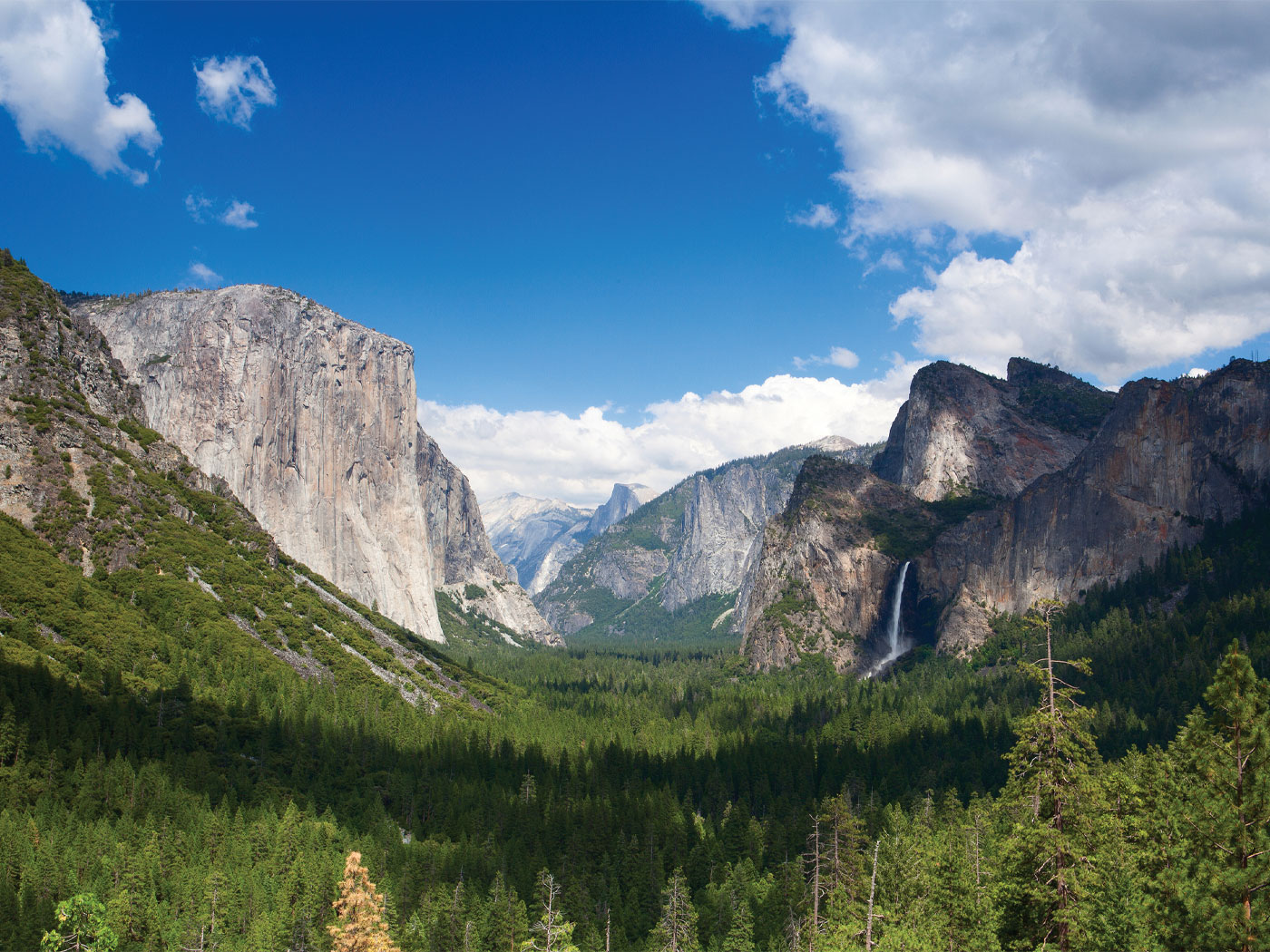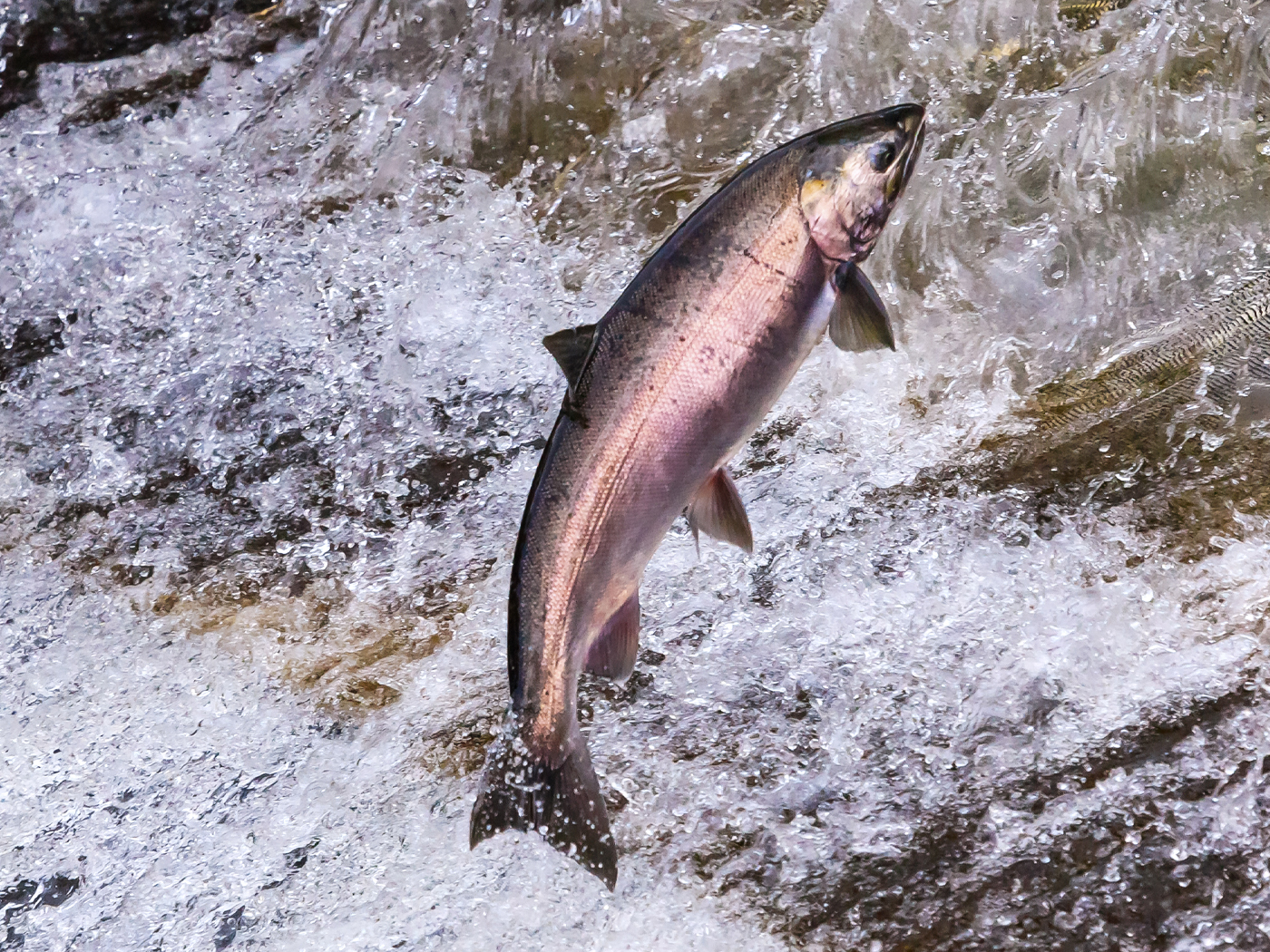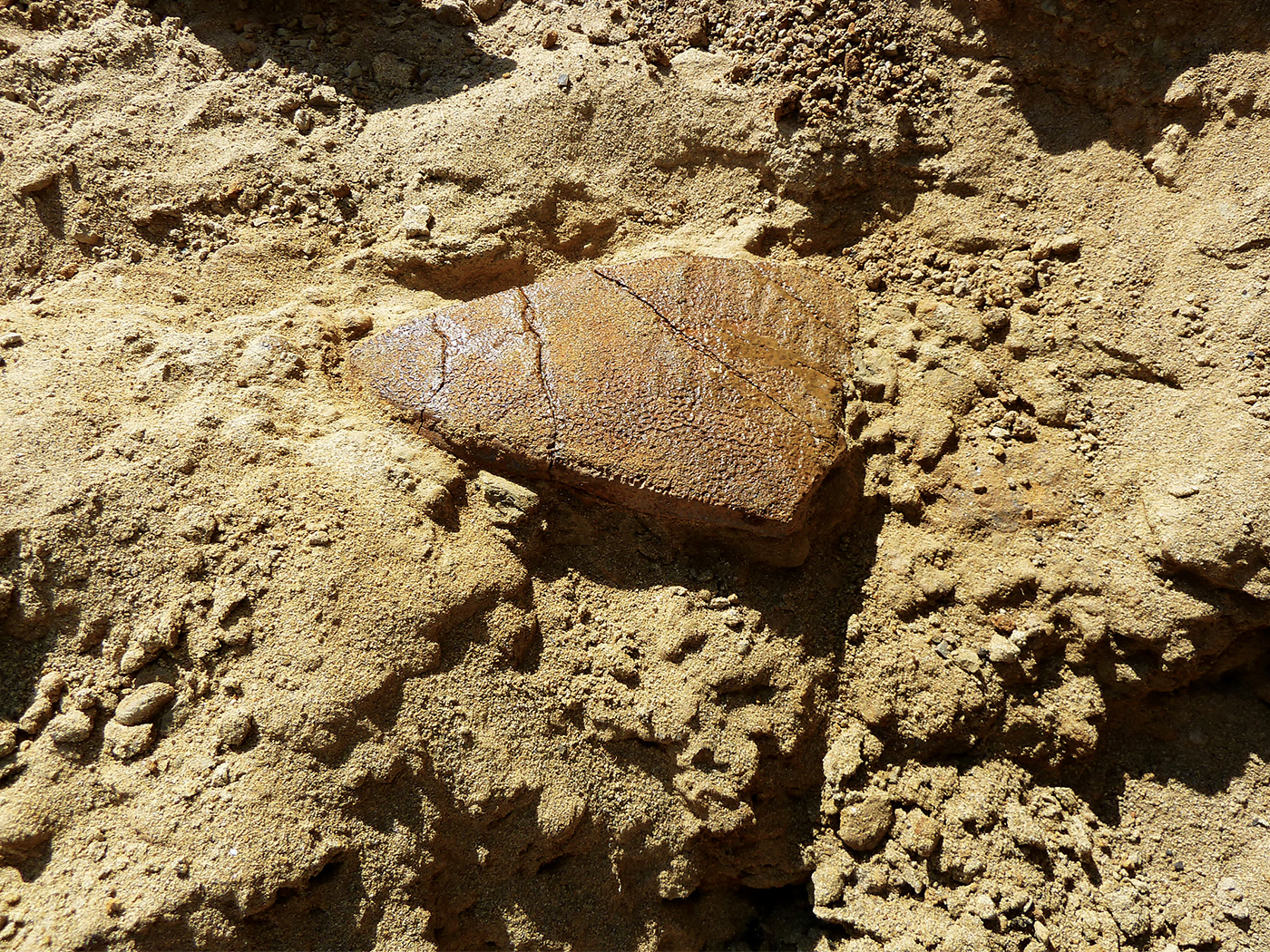Scientists are still trying to out-do each another by finding the biggest dinosaur. Brian Curtice, from the Arizona Museum of Natural History, recently threw his name in the hat with a new analysis of the long-necked dinosaur Supersaurus.1 His findings were presented virtually at the Society of Vertebrate Paleontology’s Annual meeting.
Supersaurus was originally discovered in 1972 by Jim Jensen in Dry Mesa Quarry, Colorado.1 Scientists knew it was a large sauropod, but with a fairly incomplete skeleton, nobody knew exactly how large. So, how did this dinosaur suddenly become so much larger?
After naming Supersaurus, Jensen found what he believed were two other large long-necked (sauropod) dinosaurs buried together. The bone bed at the quarry was so well mixed that Curtice called it a “bone salad.”1
Curtice studied the other bones from the quarry and realized that two of the other dinosaurs, Ultrasaurus and Dystylosaurus, were actually composed of bones from Supersaurus. The three different dinosaurs were in fact all part of one species.
He also found some new neck and tail bones from some unopened jacketed bones at the quarry. Piecing these all together, he estimated that the neck of Supersaurus was longer than 50 feet and the tail longer than 60 feet.1 Altogether, he determined that the sauropod specimen was between 128 and 137 feet in total length.1 By comparison, other diplodocids (such as Seismosaurus) were only about 110 feet long.2
“That is a crazy length—longer than three yellow school buses nose to tail,” Curtice said. “And considering we never find the largest individual in the fossil record, how much longer could these animals have gotten?”1
Although Supersaurus may be the longest dinosaur, the heaviest seems to be Argentinosaurus, another sauropod dinosaur weighing in at an estimated 90 tons, nearly double that of Supersaurus.1 By comparison, ICR scientists have determined that the average dinosaur was about 1,400 pounds, about the weight of an American bison.3
What was the purpose of the large sizes for sauropod dinosaurs like Supersaurus? Large size may have offered protection from predators, similar to large elephants today. And it’s possible that dinosaurs, like pre-Flood humans lived to be many hundreds of years old, continuing to grow year after year.4 Many cold-blooded reptiles today continue to grow throughout their lifetime.
Regardless of the reason for their large sizes, the engineered design of dinosaurs is unmistakable. God had a plan and a purpose for these creatures.
But even the largest of the dinosaurs was no match for the massive tsunami-like waves of the global Flood. Rapid and catastrophic burial about 4,400 years ago is what preserved their bones for us to find today.
Dinosaur exhibits at every major natural history museum in the world give strong evidence for the Flood. The truth of the words of Jesus is right before our eyes.
References
1. Geggel, L. 2021. Supersaurus might be the longest dinosaur that ever lived. LiveScience. Posted on livescience.com November 15, 2021, accessed November 17, 2021.
2. Herne, M. C. and S. G. Lucas. 2006. Seismosaurus hallorum: Osteological reconstruction from the holotype. In Paleontology and Geology of the Upper Morrison Formation. Foster, J. R. and S. G. Lucas, eds. Albuquerque, NM: New Mexico Museum of Natural History and Science, 139-148.
3. Clarey, T. L. and J. P. Tomkins. 2015. Determining average dinosaur size using the most recent comprehensive body mass data set. Answers Research Journal. 8: 85-91.
4. Clarey, T. 2015. Dinosaurs: Marvels of God’s Design. Green Forest, AR: Master Books.
Image: Artist depiction of Supersaurus
Image Credit: Copyright Sean Fox/Fossil Crates © 2021. Adapted for use in accordance with federal copyright (fair use doctrine) law. Usage by ICR does not imply endorsement of copyright holder.
*Dr. Clarey is Research Scientist at the Institute for Creation Research and earned his doctorate in geology from Western Michigan University.
Supersaurus-Sized Dinosaur No Match for the Flood
The Latest
December 2025 ICR Wallpaper
"Come now, and let us reason together," Says the LORD, "Though your sins are like scarlet, They shall be as white as snow; Though they...
The Bipedal Two-Step of Human Evolution
The supposed evolution of bipedalism continues to be a major obstacle in the narrative that humans evolved from apelike ancestors.1,2
For...
CREATION PODCAST
The James Webb Space Telescope vs The Big Bang | The Creation...
When you look into the night sky, you’re seeing light that has traveled incredible distances to reach you. For centuries, astronomers have used telescopes...
CREATION PODCAST
Dr. Randy Guliuzza | From Learning to Leadership | The Creation...
For more than 50 years, the Institute for Creation Research has continued its mission to show how scientific evidence confirms the truth of Scripture....
Announcing the Acts & Facts Kids Edition for 2025!
Hi, kids!
Have you ever stopped to think about just how wonderful and amazing our world really is? Everywhere you look, from the tiniest bug to the...
Thanksgiving in Heaven
"And the four and twenty elders, which sat before God on their seats, fell upon their faces, and worshipped God, Saying, We give thee thanks, O...
Kids Edition 2025: Human Eyes
Hi, kids! We created a special Acts & Facts just for you! Have fun doing the activities while learning about the wonderful world God...
Kids Edition 2025: Dinosaur Art & Artifacts
Hi, kids! We created a special Acts & Facts just for you! Have fun doing the activities while learning about the wonderful world God...
Kids Edition 2025: Pluto & Dwarf Planets
Hi, kids! We created a special Acts & Facts just for you! Have fun doing the activities while learning about the wonderful world God...
Kids Edition 2025: The Sun & Stars
Hi, kids! We created a special Acts & Facts just for you! Have fun doing the activities while learning about the wonderful world God...























